Long story short, I did a bit of a career change, I'm now doing electrical engineering with an architecture firm instead of embedded systems. So I've jumped from the simple world of DC to the land of AC electronics and it's definitely different considering I never took a phasors class. Anyway, I'm really having difficulty understanding the differences between "phases" and "poles." I'm the type that needs a more concrete explanation than being tossed a copy of the NEC and told to read it (though I'm told that I'm supposedly doing fine and everybody else started from the same place or even worse).
I made this little table below based on what was dictated to me (not sure if it's accurate), but I'm really not understanding it. In embedded-land we're taught that red is hot, black is ground, and life is simple. Now everything is flipped; black is hot, ground only serves as a last-ditch protection mechanism, and "neutral" is used instead as a means of returning voltage to the source which might not be needed sometimes if powering a motor (i.e. HVAC equipment, water fountain chillers, hand dryers, etc.). Myself being me, I feel like a burden grilling into these questions because I was the kid in college who'd ask questions at nauseam.
The internet so far as been an OK resource explaining the basics between 3 phase and single phase. Things like the center-tap neutral to get 120V between hot and neutral and 240 between both hots make sense to me. I get the 120 degree phase differences in a 3-phase system, but again, nobody online seems to want to talk about polarity, and I'm totally lost on that. I THINK it has to do with the number of wires running though the cable (#poles/hots + neutral) but I really need a thorough explanation and the NEC is just a bunch of legalese at the moment.
---- Edit ----
By poles, I mean circuit breaker poles, not magnetic poles. And I didn't mean to say that neutral returns voltage, of course it returns current. I was rushing.

